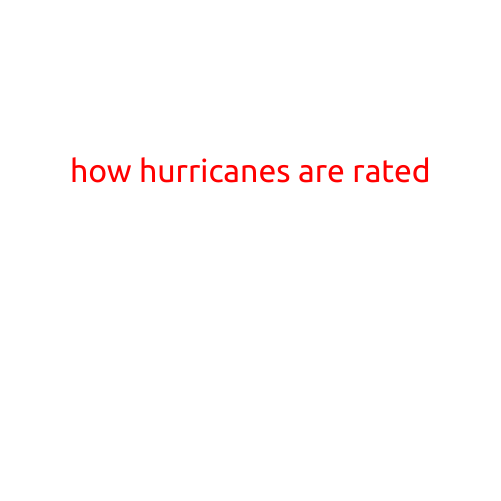
How Big was Hurricane Katrina?
Hurricane Katrina, one of the most devastating natural disasters in the history of the United States, made landfall on August 29, 2005, along the Gulf Coast. The storm’s massive size and catastrophic impact left an indelible mark on the country, and its effects are still felt today. In this article, we’ll take a closer look at the sheer scale of Hurricane Katrina and its unprecedented destruction.
Size of the Storm Surge
One of the most notable aspects of Hurricane Katrina was the massive storm surge that it spawned. The storm surge was a wall of water that was pushed ashore by the hurricane’s powerful winds and low atmospheric pressure. In some areas, the surge reached as high as 25 feet (7.6 meters), causing widespread flooding and destruction.
The storm surge was particularly devastating in New Orleans, where it overwhelmed the city’s levee system and caused catastrophic flooding. The flooding was so severe that it reportedly reached levels of up to 20 feet (6 meters) in some areas, displacing hundreds of thousands of people and causing billions of dollars in damage.
Diameter of the Eye
Hurricane Katrina’s eye was a massive 150 miles (241 kilometers) in diameter, making it one of the largest hurricane eyes ever recorded. The eye was so large that it covered a significant portion of the Gulf Coast, including parts of Louisiana, Mississippi, and Alabama.
The large size of the eye was a result of Katrina’s rapid intensification into a Category 5 hurricane before it made landfall. This rapid intensification allowed the storm to develop a strong circulation pattern, which in turn fueled its massive growth.
Area of Heavy Rainfall
In addition to its massive storm surge and large eye, Hurricane Katrina also generated a significant amount of rainfall. The storm dumped as much as 8 inches (20 centimeters) of rain in some areas, causing flash flooding and making the situation even more dire for those affected.
Comparison to Other Hurricanes
To put Hurricane Katrina’s size and impact into perspective, it’s worth comparing it to other major hurricanes. For example, Hurricane Sandy, which devastated the East Coast in 2012, had a storm surge of up to 14 feet (4.3 meters), whereas Katrina’s surge reached as high as 25 feet (7.6 meters).
Similarly, Hurricane Andrew, which caused widespread destruction in Florida in 1992, had a storm diameter of around 60 miles (97 kilometers), whereas Katrina’s eye was a massive 150 miles (241 kilometers) in diameter.
Conclusion
Hurricane Katrina was a massive and devastating storm that had a profound impact on the United States. Its size, including its storm surge, eye diameter, and area of heavy rainfall, was unprecedented, causing catastrophic damage and loss of life. While hurricanes are always a threat, the sheer scale of Katrina’s destruction serves as a reminder of the importance of preparation, evacuation, and emergency planning in the face of such a powerful and destructive force of nature.





